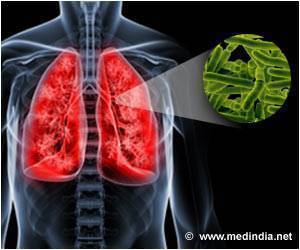Strains of antibiotic-resistant, potentially deadly Staphylococcus aureus bacteria show seasonal infection preferences.

It's unclear why these seasonal and age preferences for infection with methicillin-resistant Staph aureus (MRSA) occur, says Eili Klein, Ph.D., lead author on the study and a researcher at the Johns Hopkins Center for Advanced Modeling in the Social, Behavioral and Health Sciences.
But he says that increased use of antibiotics in the winter may be one of the reasons. The winter strain that infects seniors at a greater rate is generally acquired in the hospital and resistant to more antibiotics. On the other hand, the summer strain of MRSA, which is seen with growing frequency in children, is largely a community-transmitted strain that is resistant to fewer antibiotics.
"Overprescribing antibiotics is not harmless," Klein notes. "Inappropriate use of these drugs to treat influenza and other respiratory infections is driving resistance throughout the community, increasing the probability that children will contract untreatable infections."
In fact, the study found that while MRSA strains exhibit a seasonal pattern, overall MRSA infections have not decreased over the last five years, despite efforts to control their spread.
A report on the study, which used sophisticated statistical models to analyze national data for 2005-2009, appears today in the online issue of the American Journal of Epidemiology.
Advertisement
Specifically, the study found that a strain of MRSA typically seen in community settings is more likely to cause infection during the summer months, peaking around July/August. The authors' data analysis showed children were most at risk of becoming infected with this strain, typically from a skin or soft tissue wound or ailment.
Advertisement
Meanwhile, the health care-associated MRSA strain, which is typically seen in hospitals, nursing homes and other health care settings, was found to be most prevalent in the winter months, peaking in February/March. Patients aged 65 or older are more likely to acquire a MRSA infection from this strain.
"Our analysis shows significant seasonality of MRSA infections and the rate at which they affect different age groups," write the authors of the report titled "The changing epidemiology of methicillin-resistant Staphylococcus aureus in the United States: A national observational study."
Klein said additional research on seasonal patterns of MRSA infections and drug resistance may help with developing new treatment guidelines, prescription practices and infection control programs.
Source-Eurekalert












